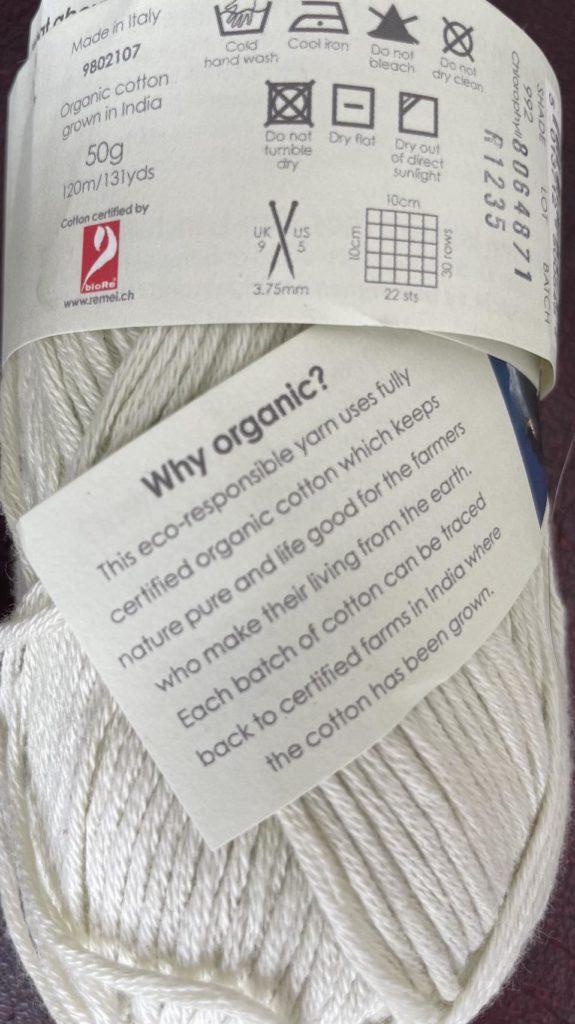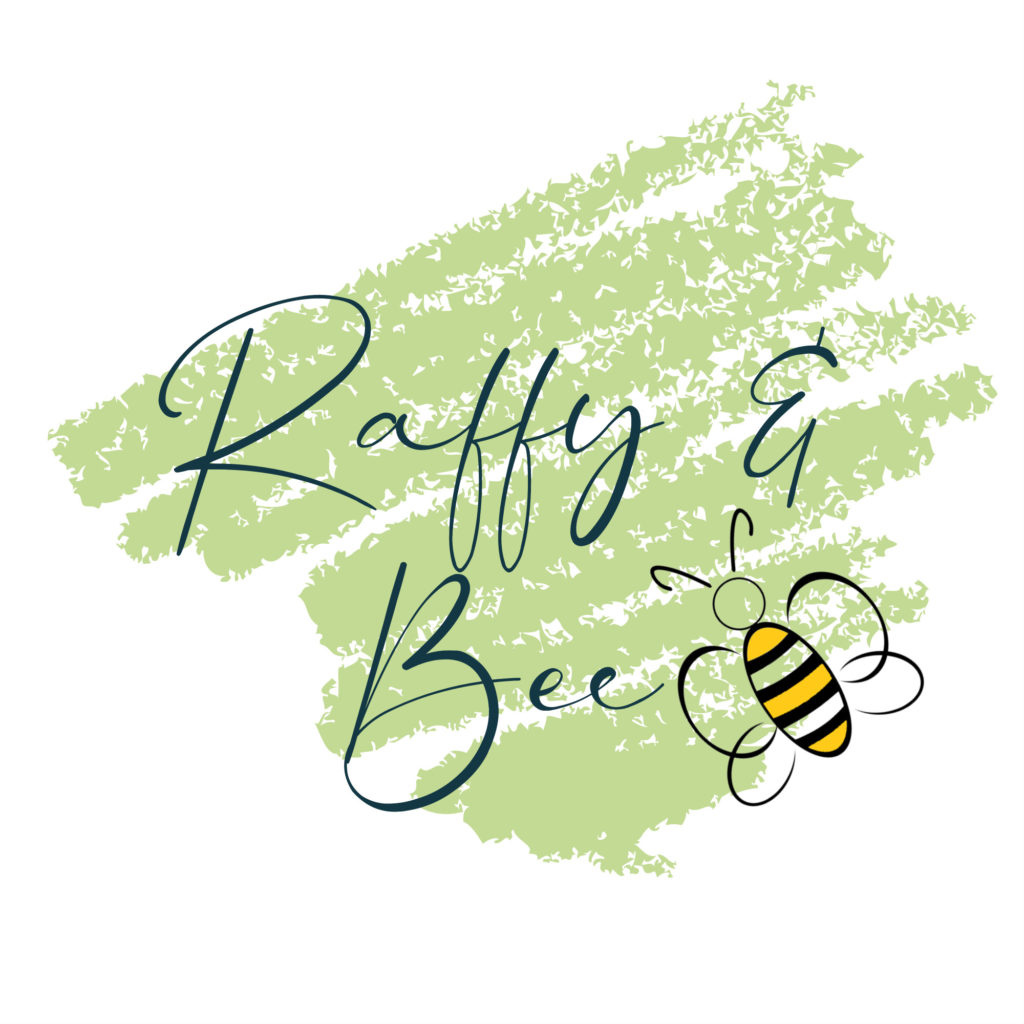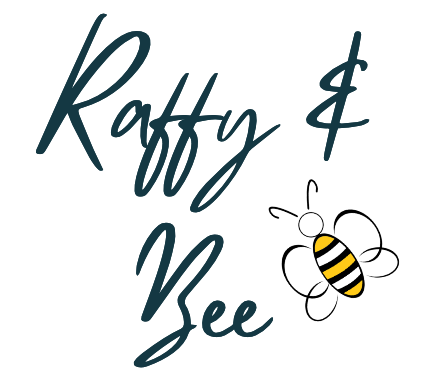Eco-friendly yarns – balancing sustainability and the care they demand
As environmental awareness continues to shape our consumer choices, eco-friendly products have gained significant traction across various industries. This trend has extended to the world of crafting, with eco-friendly yarns becoming a popular choice among knitters and crocheters.
But with the rise of these environmentally conscious options comes a question: Are eco-friendly yarns worth the extra effort required to care for them? Let’s delve into this topic and weigh the pros and cons to help you make an informed choice.
The appeal of eco-friendly yarns
When it comes to no needles knitting and yarns, choosing eco-friendly yarns can offer unique benefits that make it worth the extra effort to look after them.

Eco-friendly yarns are crafted with the environment in mind, utilising sustainable practices that reduce their carbon footprint. From natural fibres like organic cotton and bamboo to recycled materials and plant-based dyes, these yarns are designed to minimise the negative impact on the planet.
This conscious choice resonates with crafters who wish to align their hobbies with their ecological values.
Pros of eco-friendly yarns
There are a lot of benefits of using eco-friendly yarns in no needles knitting projects.
- Reduced Environmental Impact: One of the main attractions of eco-friendly yarns is their lower environmental footprint. By using renewable resources and avoiding harmful chemicals, these yarns contribute to a cleaner planet and a healthier ecosystem.
- Support for Sustainable Practices: Choosing eco-friendly yarns supports ethical and sustainable practices within the textile industry. This encourages producers to adopt greener methods, leading to positive changes across the supply chain.
- Health Benefits: Eco-friendly yarns often avoid the use of synthetic chemicals, making them hypoallergenic and suitable for those with sensitivities. This can result in more comfortable and skin-friendly creations. Eco-friendly yarns also tend to be softer and more breathable than synthetic options, making them more comfortable to wear.
- Unique Aesthetics: Natural fibres and plant-based dyes can create unique and earthy colour palettes, giving your projects a distinct and visually appealing look.
- Quality and Uniqueness: Many sustainable yarns are high-quality, hand-dyed, or locally sourced, adding an element of uniqueness to your creations.
- Setting Trends: By adopting eco-friendly practices, you become part of a movement that encourages the wider industry to prioritise sustainability.
Cons of eco-friendly yarns
- Higher Costs: Eco-friendly yarns can be more expensive due to the sustainable methods involved in their production. This higher price point may discourage some crafters, particularly those on a budget.
- Specialised Care: Certain eco-friendly yarns might require more delicate handling and specific washing instructions. This can be seen as an extra effort, especially for those accustomed to easy-care synthetic options.
- Limited Availability: Depending on your location, finding a wide variety of eco-friendly yarns might be a challenge. This limitation could impact your creative choices.
- Delicate Nature: Some eco yarns can be delicate and more prone to wear and tear than their synthetic counterparts. This means that items made with these yarns might require more careful handling to ensure their longevity.

Caring for eco-friendly yarns is rewarding
When it comes to eco-friendly yarns, taking the extra time and effort to care for them can be a rewarding experience.
Eco-friendly yarns are produced with sustainable materials and processes, making them a great choice for environmentally conscious crafters.
These yarns require special care, however, to maintain their quality and durability. For example, some eco-friendly fibres may require hand washing or air drying instead of machine washing and drying.
While this may require more time and effort, the end result is a beautiful and sustainable creation that you can feel good about. Moreover, by taking the necessary steps to care for eco-friendly yarns, you are also contributing to a more sustainable and responsible industry
Balancing effort and impact
While eco-friendly yarns come with their own set of challenges, it’s essential to consider the long-term impact of your choices. Making a conscious effort to choose sustainable options aligns with a larger goal of protecting our planet for future generations.
Moreover, as awareness and demand grow, the drawbacks of eco-friendly yarns are likely to diminish.
I make sure that the yarns I use have clear care instructions.
Here are some basic tips for caring for eco-friendly yarns.
- Read Labels Carefully: Pay attention to washing instructions and fibre content. This will help you determine the best way to care for your projects.
- Air out after each use: With eco-friendly yarns it is best for them to be aired out after use.
- Gentle Cleaning: If cleaning is needed, spot cleaning is ideal for small stains. If more washing is needed, then handwashing is the main method I recommend for washing eco-friendly yarns.
- Use wool detergent: Using a mild wool detergent can help preserve the integrity of eco-friendly fibres.
- Avoid Extreme Temperatures: High heat can damage natural fibres, so opt for cool water when washing and avoid excessive exposure to sunlight.
- Dry naturally, flat: The pieces may take a little while to dry, but drying naturally allows for a gentle finish to the wash cycle. You may want to gently stretch the piece back into shape, only if it is needed.
- Storage Matters: Proper storage in a cool, dry place can prevent mold and mildew growth, ensuring your projects last longer.
I have written a page with more depth on how I wash my creations here.
Let’s sum up
In the ongoing debate about whether eco-friendly yarns are worth the extra effort, the answer ultimately depends on your values, priorities, and commitment to sustainability.
While there might be challenges associated with caring for these yarns, the positive impact on the environment and the promotion of ethical practices within the textile industry cannot be overlooked.
As we navigate our crafting journeys, let’s remember that the choices we make today can shape a greener, more conscious world for tomorrow.
In conclusion, while it may require some extra care and attention, investing in these yarns is worth the effort. Not only do they help reduce environmental impacts, but they also often result in higher quality products.
Additionally, supporting sustainable and ethical practices in the textile industry can have a positive impact on communities and the planet as a whole.
By taking the time to properly care for and use eco-friendly yarns, we can contribute to a more sustainable and responsible future.
Stay in touch with Raffy & Bee
Grab my Types Of Yarn free download.

